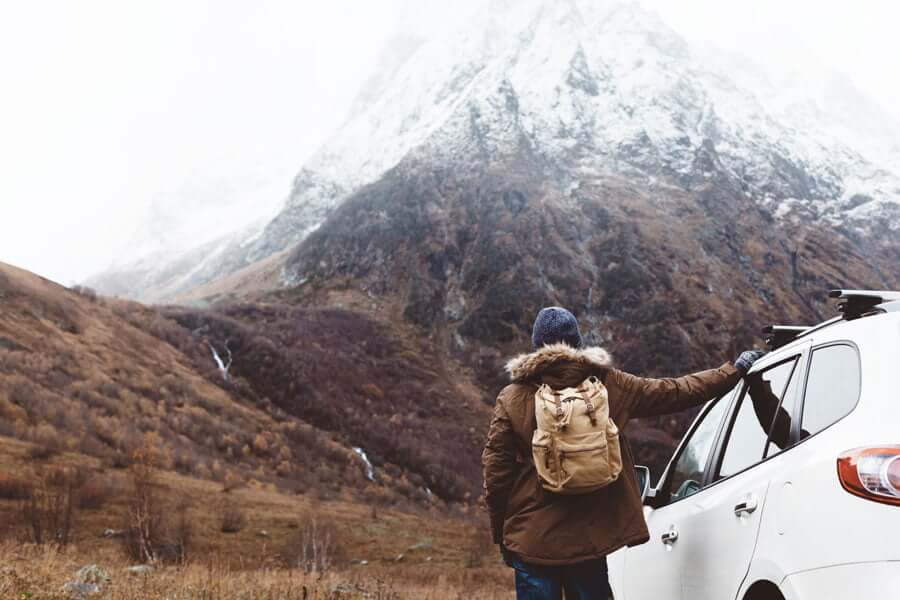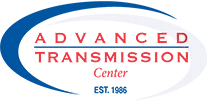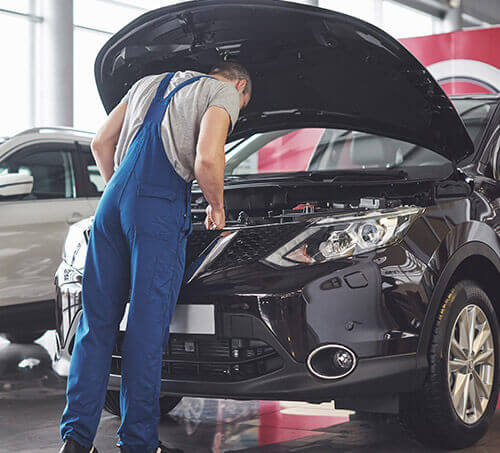
Going for a drive means different things to different people, and it depends largely on what area of the country you plan on doing the driving in. If you’re a hiking and outdoors enthusiast, the mountains may be calling your name. It doesn’t really matter if your mountains are in Colorado, Montana, Arizona, California, Wyoming or Vermont, here’s what to consider before taking your car on a trip in the mountains.
You probably know by now that when you are heading out hiking, you should take a buddy with you. The same, while not required, should be considered for a mountain drive in your car. Why? Well, because it’s more fun! It also gives you someone to help with navigation and to take turns driving so you get a chance to enjoy the drive. Looking around while driving on mountain roads with switchbacks and sheer drop-offs is strongly discouraged. Focusing on the road and drivers around you will help to keep you safe.
First Mountain Drive of the Season
Before you head out on your first mountain drive of the season, you should make sure your car is ready for the extra stress driving in the mountains will put on it.
Your first stop should be to your local transmission shop. Ask them to check your transmission fluid, service it or flush it if recommended or, if that isn’t needed, to top off the fluid.
Next, go visit your mechanic and let him know you’ve been to the transmission shop. Ask him to top off all other fluids, check brake fluid to see if it needs changing, check tire pressure, make sure the tires have enough tread and make sure all brake pads have plenty of life left. If there is any question there is enough material left on the pads, have them replaced. They should also check belts and hoses for wear.
Be Prepared for Emergencies
Before leaving, there are a few things to do:
Make sure you pack for an emergency. Toss a blanket in the trunk and bring lots of sunscreen no matter what time of year it is. You can get sunburned in winter. Also, pack an emergency kit, plenty of water, and snacks.
Make sure your phone is fully charged. Turning off wifi and Bluetooth when not needed will help the battery last longer since it won’t constantly be searching to connect. Mobile charging packs can also be helpful if you are going deep in the mountains or camping.
Plan your trip ahead of time and let someone know your plans who is not going with you. Also, consider printing a map since cell phone service can be spotty or non-existent in the mountains.
Stop at a gas station before you leave town and fill up the gas tank. While on long drives, don’t wait till your indicator gets to “E”; fill gas when available because you may not come across another opportunity for hours.
During the Drive
Drink Lots of Water: If you don’t live at high elevations, driving into the mountains can trigger altitude sickness, including nausea, headaches and make you lightheaded. Make sure to drink plenty of water or other hydrating beverages, starting at home and continuing through your trip. Stay away from drinks that dehydrate you, like coffee and alcohol, and take your time going up the mountain. Pausing to enjoy the sights at pullouts along the way will help slow down the climb and hopefully let you adjust more easily.
Use Low Gears: Using low gears (1-3 on a manual, L and 2 on an automatic transmission) on both uphill and downhill driving. When climbing, using low gear gives you a bit of extra power and helps you maintain your speed. When descending, it holds you speed back so you don’t wear out your brakes. Doing this also protects your transmission from being overstressed.
To do this, shift into second gear before starting down a mountain. Reduce speed before downshifting so you don’t damage the transmission. Obey the posted speed limit and resist the temptation to “zoom” down the mountain.
Apply the brakes as needed to keep you at or under the speed limit or the speed you feel comfortable with. Slow down about five miles below that limit and release the brakes. Either keep repeating this on your way down the mountain, or apply the brakes and downshift into first gear. When you are all the way down, shift back into drive.
Each vehicle has unique characteristics, so it is important to compare this advice to the owner’s manual for your specific vehicle. In some cases blogs unique to your manufacturer can also provide good advise, all of which should be taking with a grain of salt.
Don’t Use the Air Conditioner: When climbing uphill, your engine is worked hard. Using the air conditioning makes it work even harder and increases the chance it will overheat. Instead, use the 4×55 method—open all four windows and breathe in that pine-laced mountain air.
Go Easy on the Brakes: Take it easy on your brakes and use low gears to hold your speed down. Using your brakes too much will heat them up, and that’s not a good thing. If you suspect they are getting hot, pull over as soon as you can safely and let them cool. When they’re cool get back on the road—and use the lower gears!
Stay on Your Side: When driving in the mountains, people often are uncomfortable driving next to the side with the drop-off. Resist the urge to hug the center line, or to flat out drive down the middle. That can get you into a scary situation when a car or truck comes from the other direction. It’s better you don’t have to correct quickly and take the chance of overcorrecting—especially next to a sheer drop.
When exploring: If you plan to go exploring on unpaved side roads, be careful to lower your speed. Gravel doesn’t provide the same type of traction as a paved road and you could find yourself sliding. Dirt roads can be dangerous in wet conditions and should be avoided, especially if your vehicle is not 4×4 or AWD. Make sure these routes are included in the information you give to that friend that is not going along.
Winter Driving
While we would like to think winter is close to over, it may not be, and you could get surprised when you head up the mountain that the weather is vastly different from the valley or town below.
Just in case you encounter winter weather unexpectedly, pack a bag with hats, gloves, scarves and a heavier jacket if you aren’t wearing one. Also, toss some winter boots in the truck. You never know if you will need it, and if you do, you’ll be glad to have the gear with you instead of in your closet.
If you wind up in the middle of a snowstorm, remember to keep your distance between you and other cars—10 seconds is best—and slow down. All-wheel drive, if your car has it, is good for acceleration, but it won’t help much in a slide.
If you start sliding/skidding, the best thing you can do is stay calm. Then, steer into the skid, even though it seems counterproductive. If conditions get too bad, or you are too nervous, pull over when you reach a place where it is safe.
Additional Considerations
What initial checks should be done on my car before a mountain trip?
Before heading to the mountains, ensure your car’s transmission fluid is checked and serviced if necessary, and have a mechanic top off other fluids, check brake fluid, tire pressure, tread, and inspect brakes, belts, and hoses for wear. Regular maintenance like this not only prepares your vehicle for the stress of mountain driving but also enhances safety.
How can I prepare for emergencies while driving in the mountains?
Pack an emergency kit, including a blanket, sunscreen, water, snacks, and ensure your phone is fully charged. Plan your trip ahead, inform someone about your itinerary, and consider bringing physical maps due to possible spotty cell service. This preparation can significantly reduce risks and provide peace of mind during your trip.
What driving techniques should I use in the mountains to protect my car?
Use low gears to manage speed uphill and downhill, avoid using the air conditioner when climbing to prevent engine strain, and go easy on the brakes to avoid overheating. Adjusting your driving style according to the terrain not only protects your vehicle but also makes the drive safer and more enjoyable.
Come in for a Transmission Inspection
At Advanced Transmission Center, we want to see you out on the road, safely enjoying your time in the beautiful mountains of Colorado. Come in for a quick and free TrueTest Inspection to make sure you are ready for road tripping! Don’t forget, regular maintenance of your transmission is just as important as an oil change.
Westminster – Northwest Metro Denver: (303) 421-4140
Lakewood – Southwest Metro Denver: (303) 922-4102
Advanced Transmission Center is a Colorado-owned and operated auto repair shop with locations in Denver / Lakewood and Westminster. ATC specializes in driveline issues such as automatic transmission repair, four wheel drive repair, clutch replacement, differentials, manual transmissions and CVT. As Colorado's first AAA approved shop our goal is to provide accurate, timely service with exceptional customer satisfaction. All of our technicians are certified in the latest makes and models and we are one of the few transmission repair shops with a nationwide warranty.



 Free Customer Towing Service
Free Customer Towing Service  Free TrueTest™ Inspection
Free TrueTest™ Inspection  Fast Transmission Services
Fast Transmission Services  Comprehensive Warranty in Denver
Comprehensive Warranty in Denver 

























